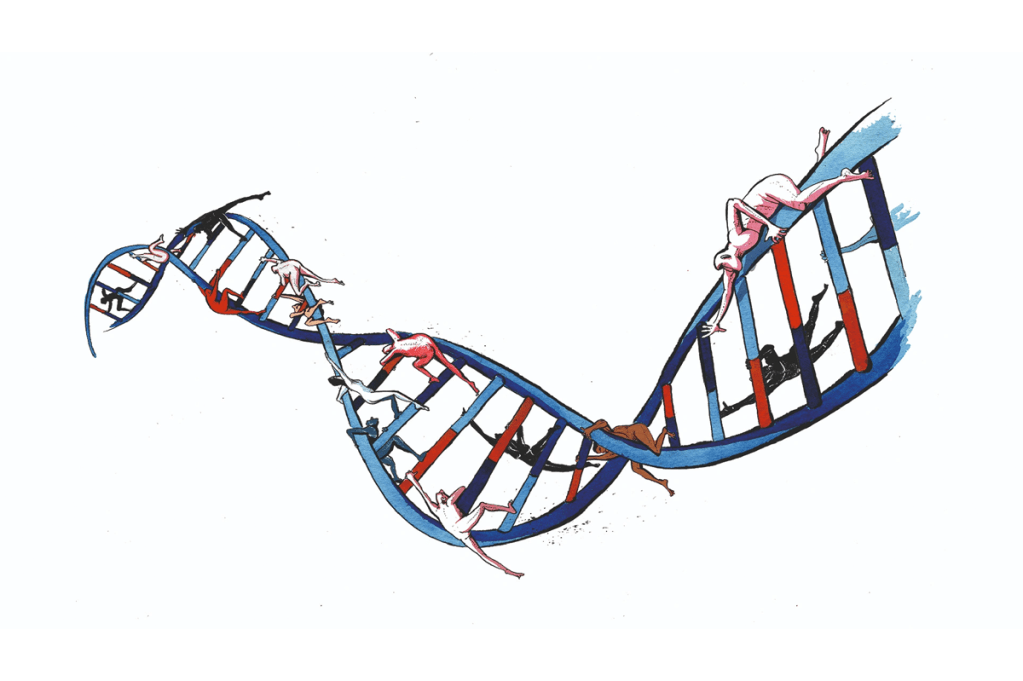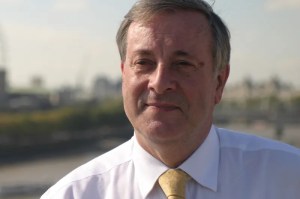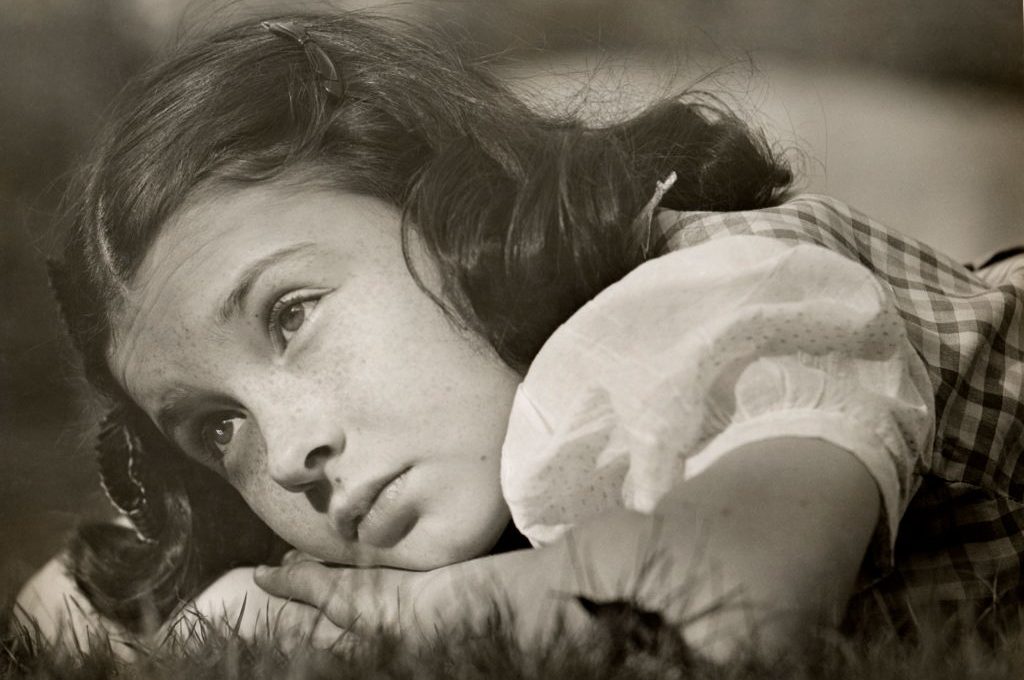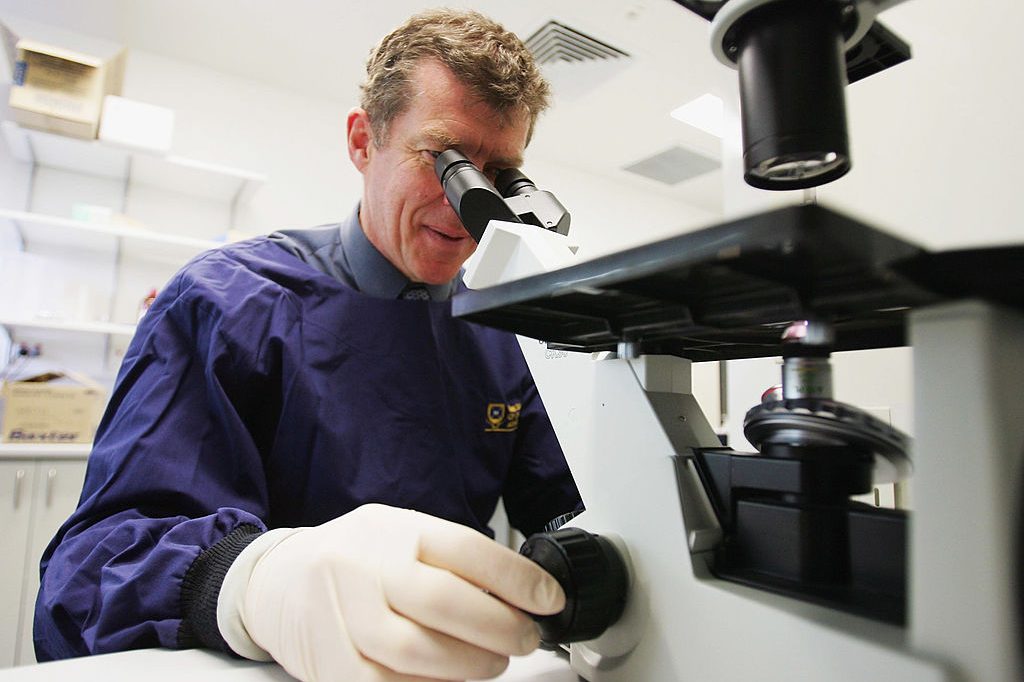Tuesday February 28 marks the seventieth anniversary of — in my view — the most important day in the history of science. On a fine Saturday morning with crocuses in flower along the Backs in Cambridge, England, two men saw something surprising and beautiful. The double helix structure of DNA instantly revealed why living things were different: a molecule carries self-copying messages from the past to the future, bearing instructions written in a four-letter alphabet about how to synthesize living bodies from food. In the Eagle pub that lunchtime, Francis Crick and James Watson announced to startled fellow drinkers that they had discovered the secret of life.
That all living creatures, from microbes to ministers, turn out to share the same universal genetic cipher is why this breakthrough was more momentous as well as more unexpected than any other discovery I can think of. (Newton’s gravity? Just another force. Columbus’s America? Just another continent. Darwin’s evolution? Close. Mendel’s genetics? Not as big as DNA. Einstein’s relativity? Too obscure. Heisenberg’s and Schrödinger’s quantum mechanics? Too hard to understand. Fibonacci’s double-entry book-keeping? Nice try.)
The American James Watson is now the sole survivor of the five main actors and their many colleagues whose work led to that moment. Alas, at ninety-four he has lived in seclusion since a car accident three years ago left him with significant memory loss. I called him this week for a chat but he no longer recalls much about the events of seventy years ago. His tendency to shock people with provocative remarks, which maybe worked when he was the enfant terrible of science in the 1960s and the head of the Human Genome Project in the 1990s, and which enabled him to write the painfully honest bestseller The Double Helix, had tarnished his reputation in the years before the accident.
Watson came into the Cavendish Laboratory early that Saturday morning and started playing with cardboard cut-outs of four nitrogenous bases: adenine, cytosine, guanine and thymine. He had been told the day before by the chemist Jerry Donohue that the textbook had misled him and his metal versions were the wrong shapes. With new cardboard shapes, he suddenly saw something electrifying: adenine bound to thymine was the same shape as guanine bound to cytosine. So it did not matter what order they were slotted into the structure of the DNA molecule, the sequence on one strand of the double helix would automatically determine the sequence on the other strand. Life copies itself. That “base pairing” eureka moment was and is Watson’s alone.
But a hint of wrongdoing hangs over the second part of the story. Crick “sauntered in” at mid-morning, took one look and spotted that the entire structure now fell into shape. For the base pairing to work, the two strands of phosphates and sugars must run in opposite directions, one up, one down, which was exactly what Crick had realized the week before — from work being done by a rival team at King’s College, London. Watson had seen an X-ray crystallograph, known as Photograph 51, taken at King’s, that proved the point and gave crucial dimensions — if you knew how to interpret it, as Crick almost uniquely did.
Whose photograph was it? Therein lies a tangled tale. It is often said that Rosalind Franklin took that photograph, that it was all but stolen from her by Watson and Crick, who never acknowledged their debt to her. It is not so simple. Franklin’s role was vital, and was underplayed in the years after the discovery (and her early death), but the revisionism sometimes goes too far.
The photograph was actually taken in May 1952 by Franklin’s graduate student, Raymond Gosling. It was he, working with his previous supervisor, Maurice Wilkins, who had pioneered the technique for making X-ray crystallographs of DNA fibers. To Wilkins’s surprise the project and the student had been taken from him in 1951 by the boss of the lab, Sir John Randall, and handed to Franklin, creating disastrous mistrust between them. Franklin had improved the technique considerably, but it was Gosling who prepared Photograph 51. He told me so.
Given how much justified indignation nowadays surrounds the stories of senior scientists getting credit for the work of their PhD students — Dame Jocelyn Bell Burnell’s discovery of pulsars in 1967 being the classic case — it is surprising that little fuss has ever been made on behalf of Gosling. Before he died I asked him if it rankled that he was often left out of the story. No, he said, it was “Uncle Maurice” he felt sorry for.
How had Watson seen the photograph? After the Cambridge duo made a clumsy, mistaken model in 1951, greeted with scorn by Franklin, their boss Sir Lawrence Bragg told them to stop working on DNA and leave it to the King’s lab. This was a gentlemanly concession that might not happen today. For a year Franklin and Gosling had an effective monopoly on the subject. Wilkins was excluded, and assorted other scientists who had been inching towards the structure of DNA — William Astbury, Dorothy Hodgkin, J.D. Bernal and Sven Furberg — had for various reasons given up trying. Their Californian rival, Linus Pauling, lacked good samples of DNA and was refused a visa by the American government because of his anti-nuclear views, so could not travel to London to see their pictures.
As 1953 began, Pauling announced he had nonetheless cracked the problem, plunging the Cambridge team into despair. But when his paper arrived in England — via Pauling’s son Peter who was sharing an office in Cambridge with Watson, Crick and Donohue — his solution was obviously wrong. Still, said Crick, it would not be long before Pauling would get on the right track. The Cambridge lab was haunted by memories of Pauling beating Bragg to a previous discovery about protein structures. Hence Watson went to London on January 30 waving Pauling’s manuscript at both Franklin (who sent him packing) and Wilkins.
Franklin had made cautious progress but had chosen not to analyze Photograph 51 so far, focusing on other images of the so-called A form of DNA. She had been offered a position at Birkbeck College to work on viruses and was writing up her DNA research before leaving King’s in March. The long-suffering Gosling, about to be handed back to Wilkins like a parcel, took Photograph 51 to Wilkins, who showed it to Watson, who described it to Crick, who was probably the person in the world best equipped to interpret it. The rest is history.
This is a story replete with competition, friction, misunderstanding and some sexism, but it lacks anything truly unethical, let alone criminal. Four men and one woman, none of whom was perfect and who could have moved faster if they had cooperated, nonetheless stumbled on a spectacular insight about the world, culminating in a eureka moment for two of them in Cambridge seventy years ago next week. On that day I’ll crack open a bottle of bubbly and watch a kind friend’s DVD of the (disgracefully) out-of-print BBC docudrama Life Story, starring Juliet Stevenson as Franklin and Jeff Goldblum as Watson.
This article was originally published in The Spectator’s UK magazine. Subscribe to the World edition here.

























